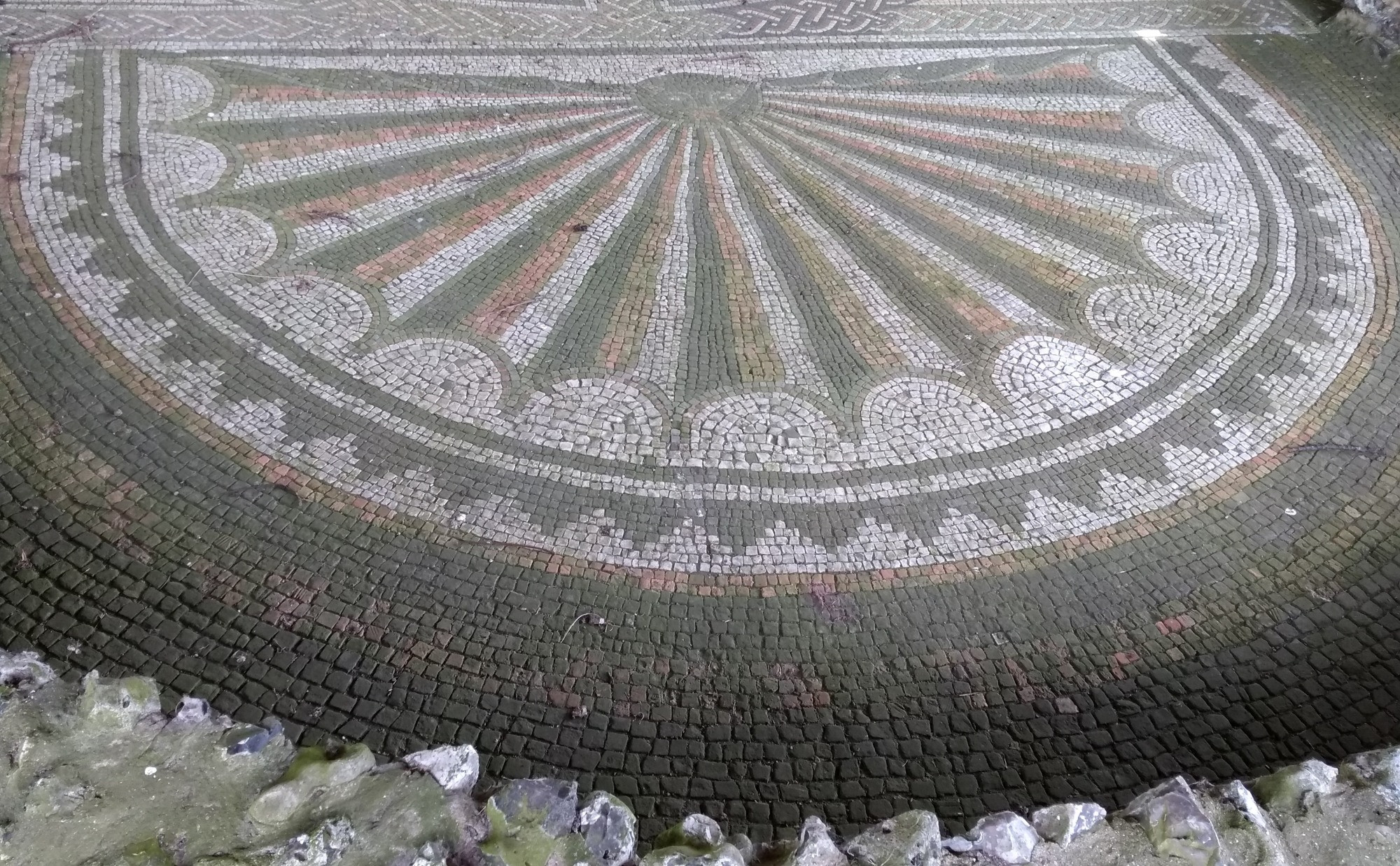Apparently, it's #InternationalOwlAwarenessDay! Here is my favourite #owl, depicted on a #Roman mosaic found in Uzès southern France, dating second half of the 1st century BC.
📷 Denis Gliksman, Inrap
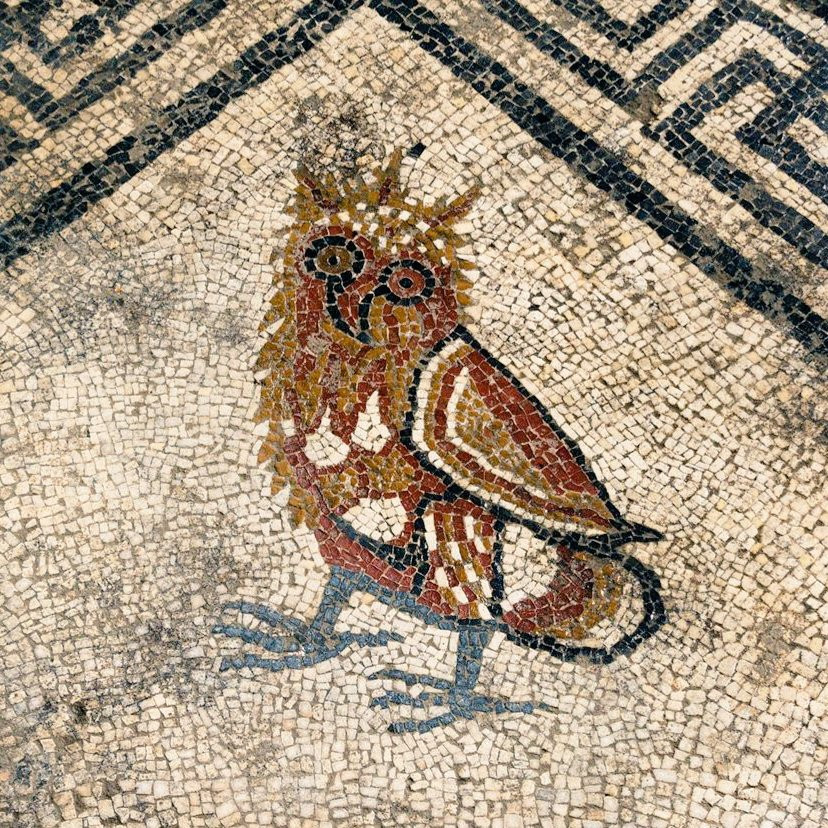
17092 Followers
3279 Following
Archaeologist | Permanent Representative of the Director, Archäologisches Landesmuseum Baden-Württemberg | Adjunct lecturer State Academy of Fine Arts Stuttgart | Private account, views are mine 🖖
Statistics
Apparently, it's #InternationalOwlAwarenessDay! Here is my favourite #owl, depicted on a #Roman mosaic found in Uzès southern France, dating second half of the 1st century BC.
📷 Denis Gliksman, Inrap

There are so many amazing finds from prehistoric pile dwellings settlements: 3,500-year-old wooden whisks found in settlements at the Lake Carera/Italy. By rotating the shaft, it’s possible to whip cream until it turns into butter. Larger whisks were presumably used for.... 🧵 1/2
#archaeology 🏺
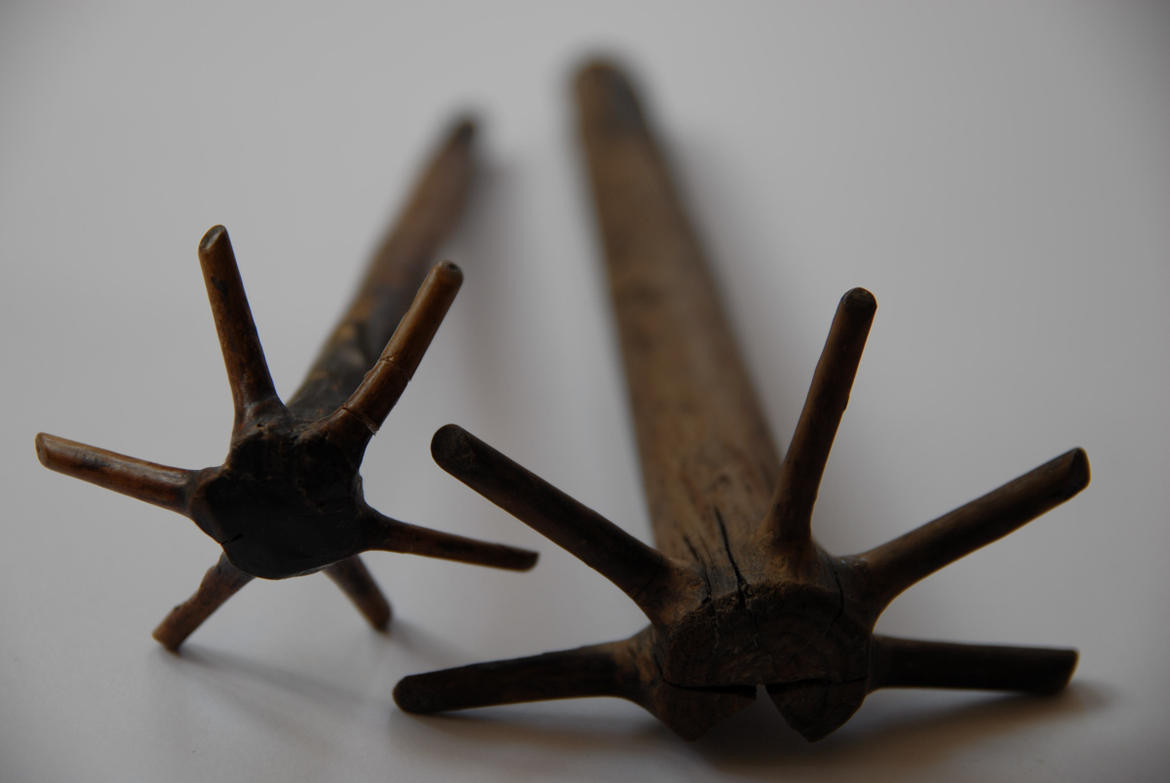
Apparently, it's #InternationalOwlAwarenessDay! Here is my favourite #owl, depicted on a #Roman mosaic found in Uzès southern France, dating second half of the 1st century BC.
📷 Denis Gliksman, Inrap

It’s #InternationalOwlAwarenessDay 🦉❤️
To celebrate here’s an Ancient Greek clay aryballos (perfume flask) in the shape of a little owl! Dated c. 640 BC.
The Louvre, Paris 📷 by me
#OwlishMonday #Archaeology
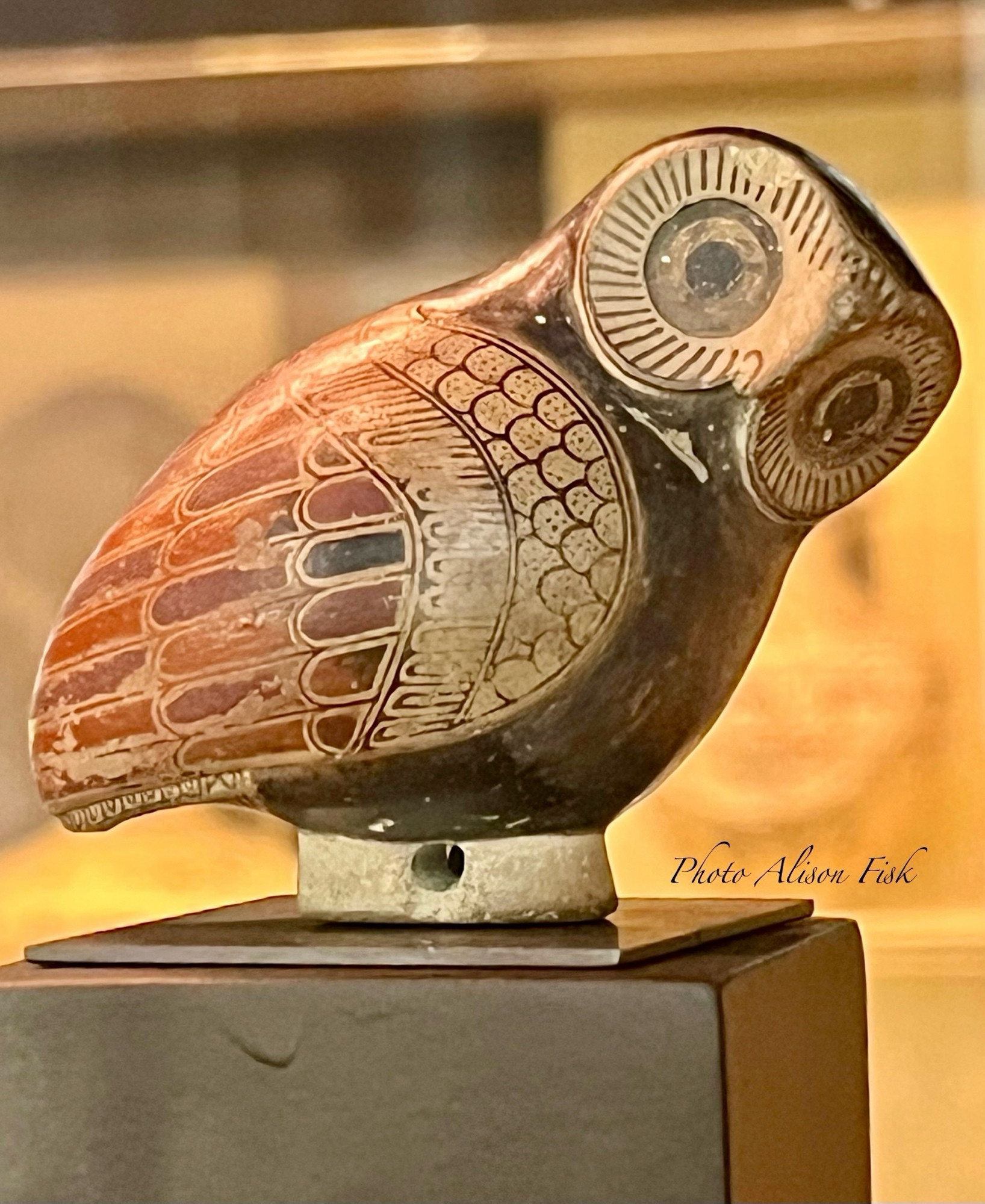
#MosaicMonday; from a residence in the north part of the Western Archaeological Zone of Kos, the only (mostly) remaining of three emblemata from a large floor mosaic. The scene depicts the Judgement of Paris. Dated to the 2nd century CE.
#Archaeology #RomanArchaeology #AncientBlueSky 🏺
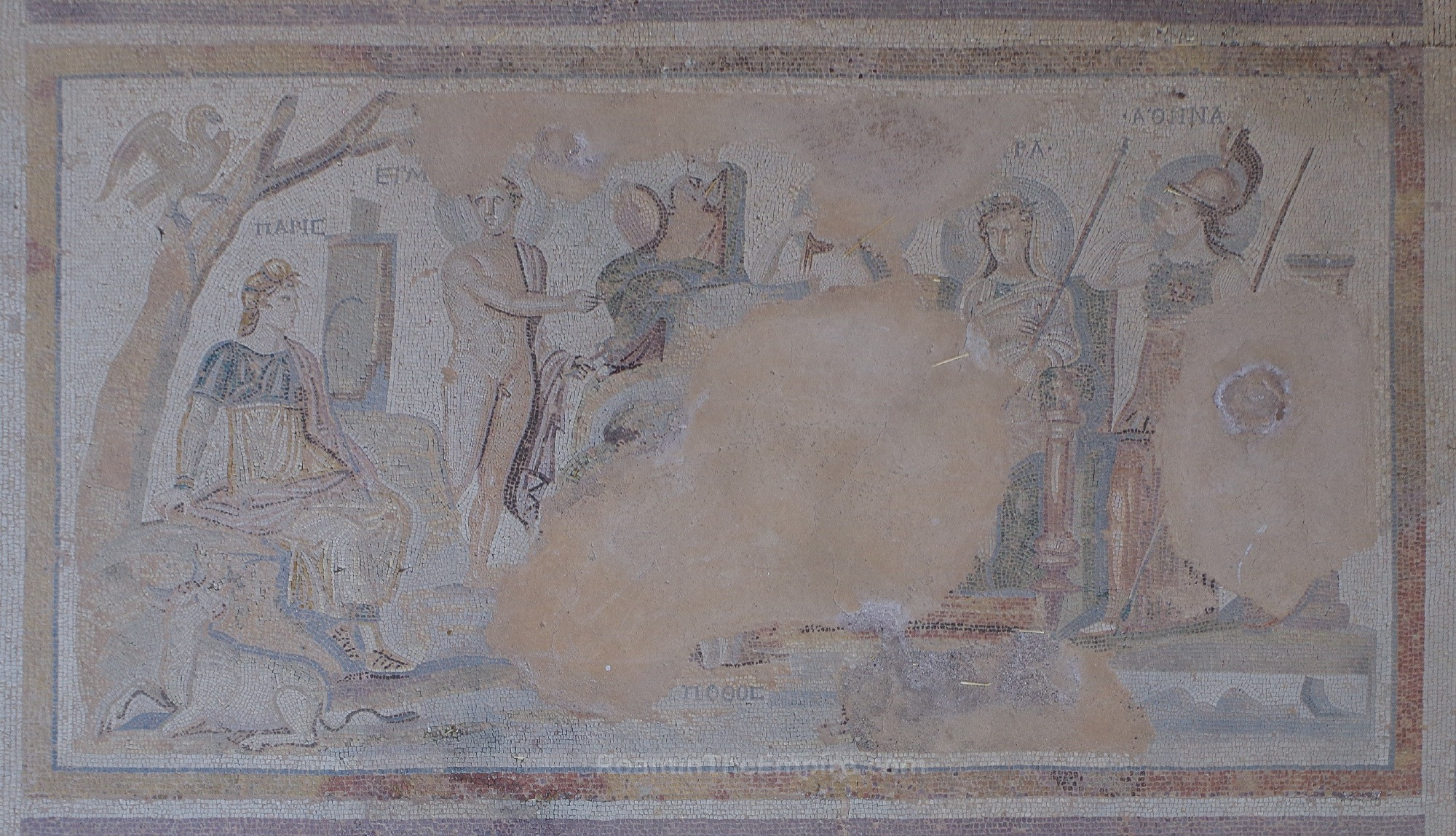
#MosaicMonday 🏺 Party time.... Triumphant young winged Dionysus (or Cupid?) arrives in celebratory mode w wreath of vine leaves, cup of wine, riding a lion-headed tiger.
#Roman emblema from a triclinium in House of the Faun, #Pompeii. Bordered with tragic masks and garlands. In MANN, Naples
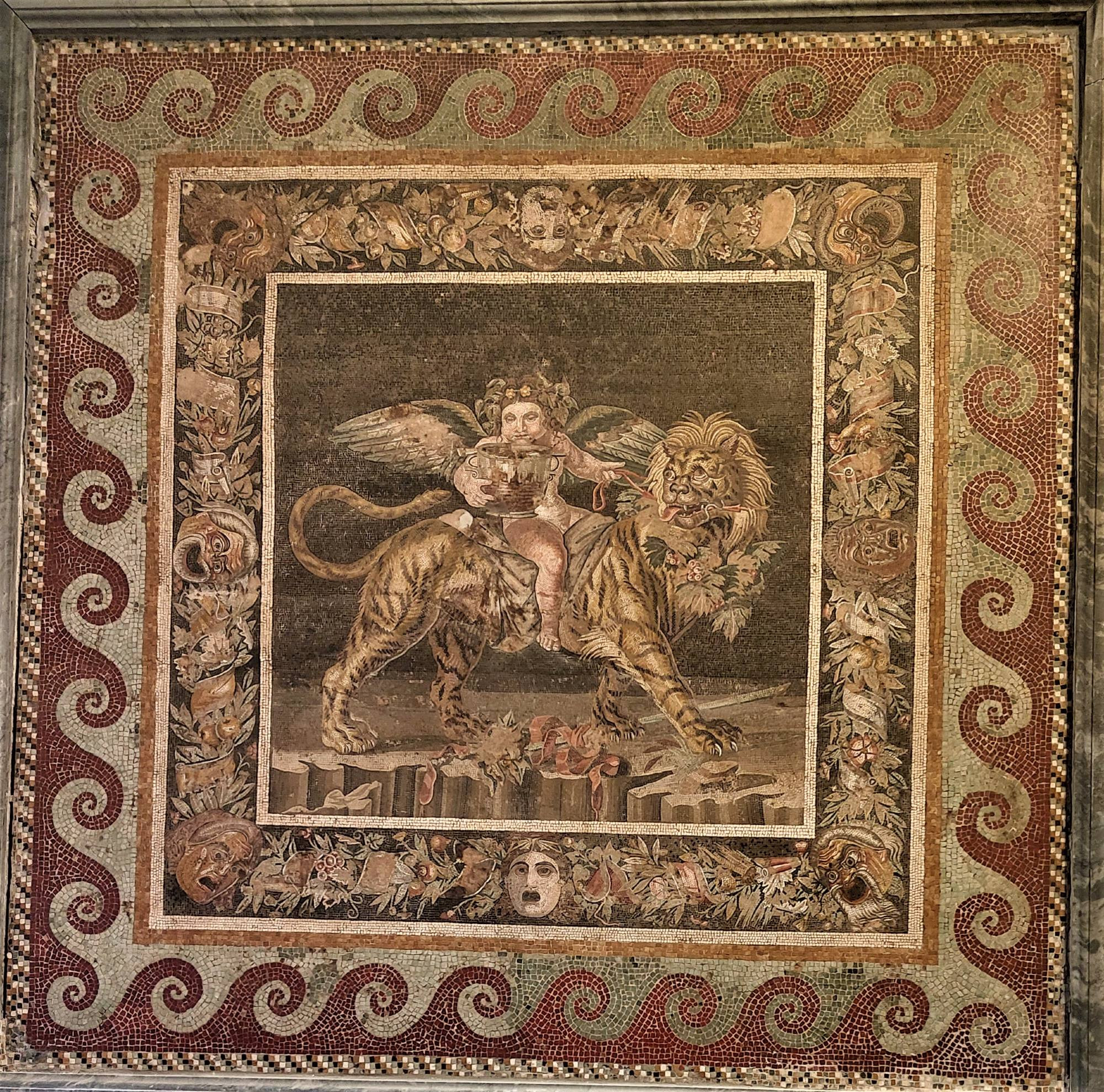
You'd be forgiven if you thought that this figure on the bottom of a scarab ring was Medusa. In fact, it's Hera - Hera Lakinia, recognizable due to her image on the coins of the ancient Greek city of Kroton (Crotone) on the lonian coast of Italy. 🏺 1/
Greek, 4th c. BCE #GettyVilla 📸 me
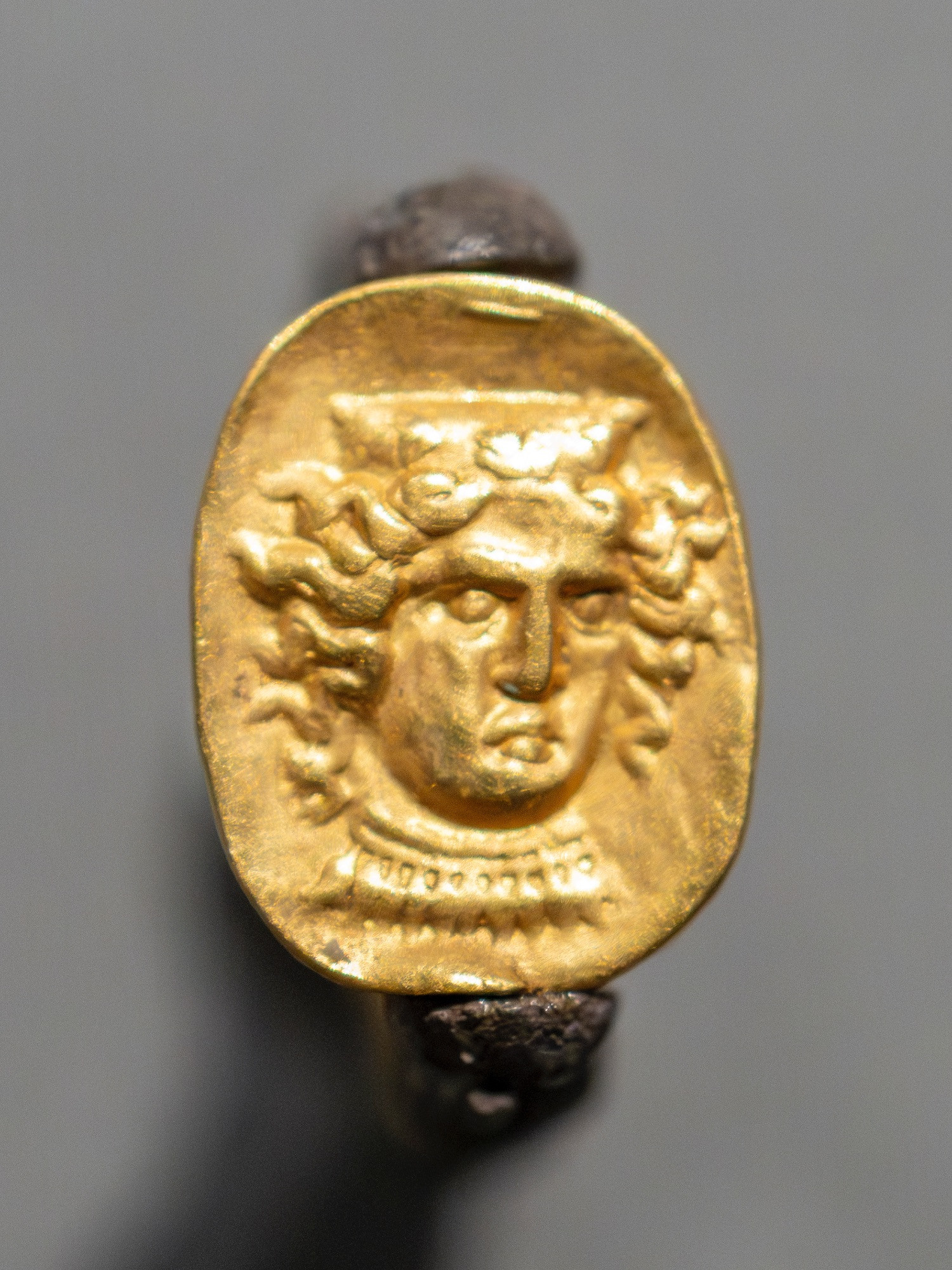
Some of the early 16th century vaulting from the nave of Ripon Cathedral. 📸 My own. #MedievalMonday #RiponCathedral

The Hercules Mosaic, possibly from Roman North Africa. The mosaic dates to the second century AD, and is part of the collections at the British Museum. 📷 My own. #MosaicMonday #Roman #BritishMuseum
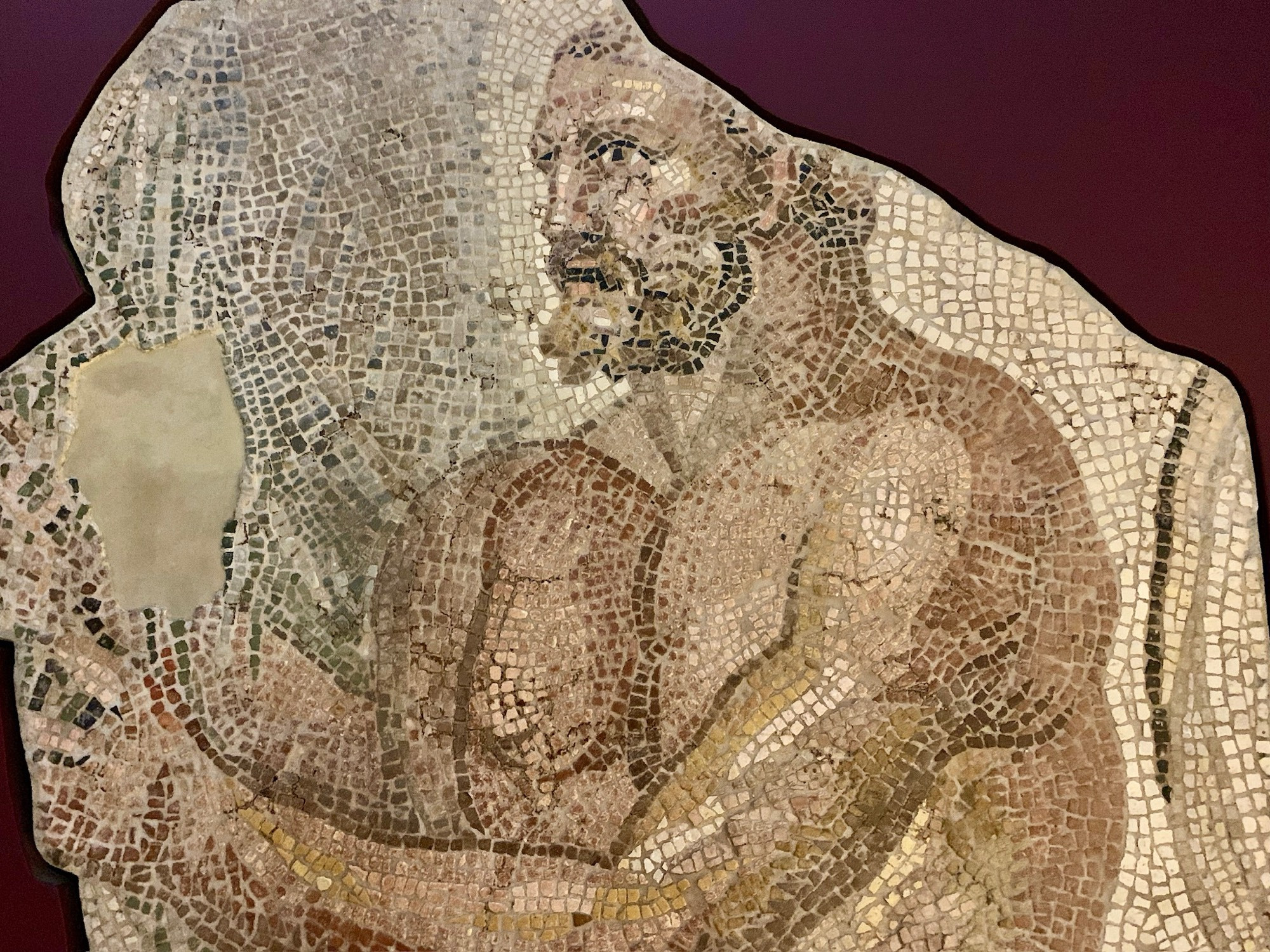
The main apse of the Littlecote Orpheus mosaic, filled with a beautiful shell design. Note the small feline mask on the shell's hinge. The mosaic can be visited in the grounds of Littlecote House, now a Warner Hotel; well signposted when I last visited in 2023. #MosaicMonday #AncientBlueSky 🏺
